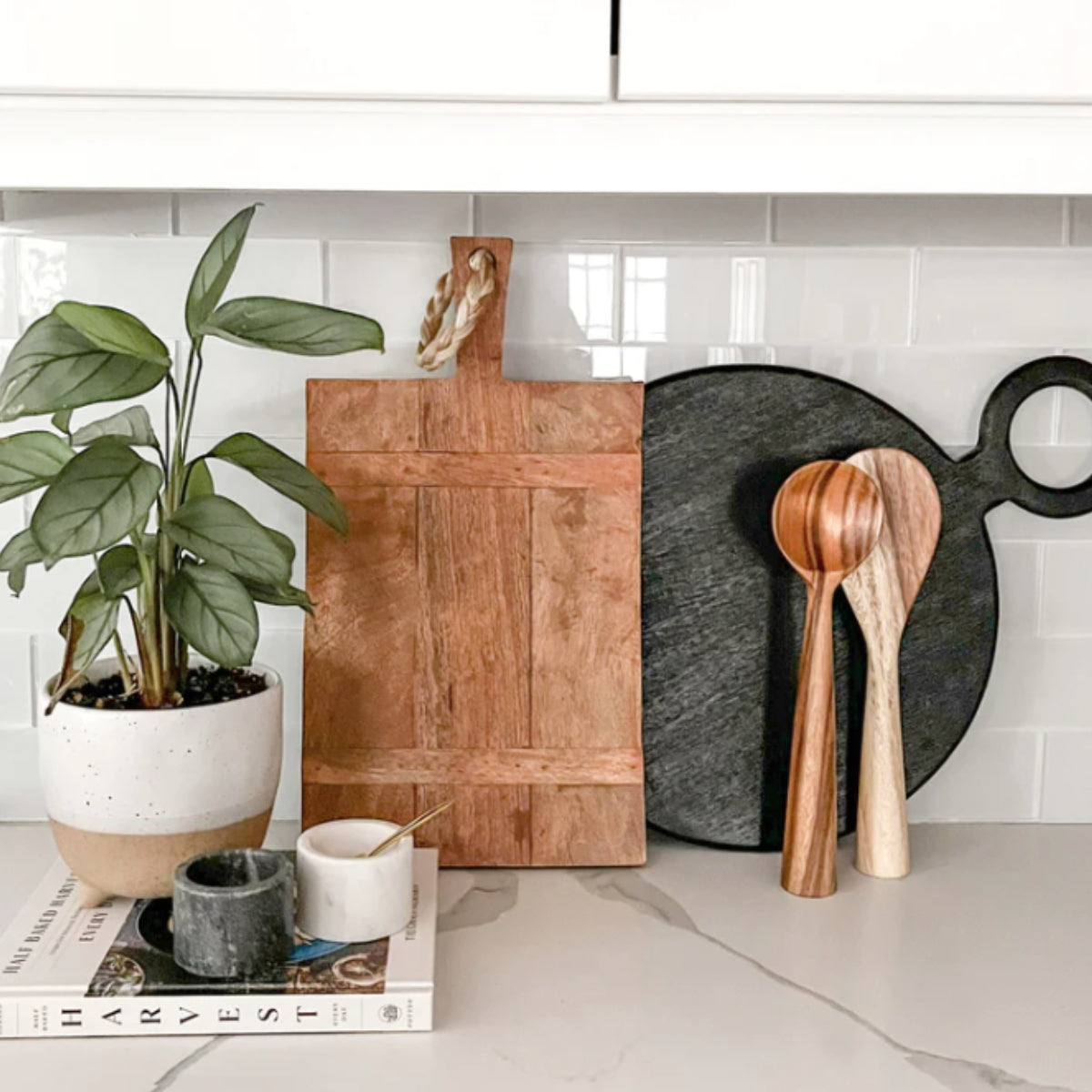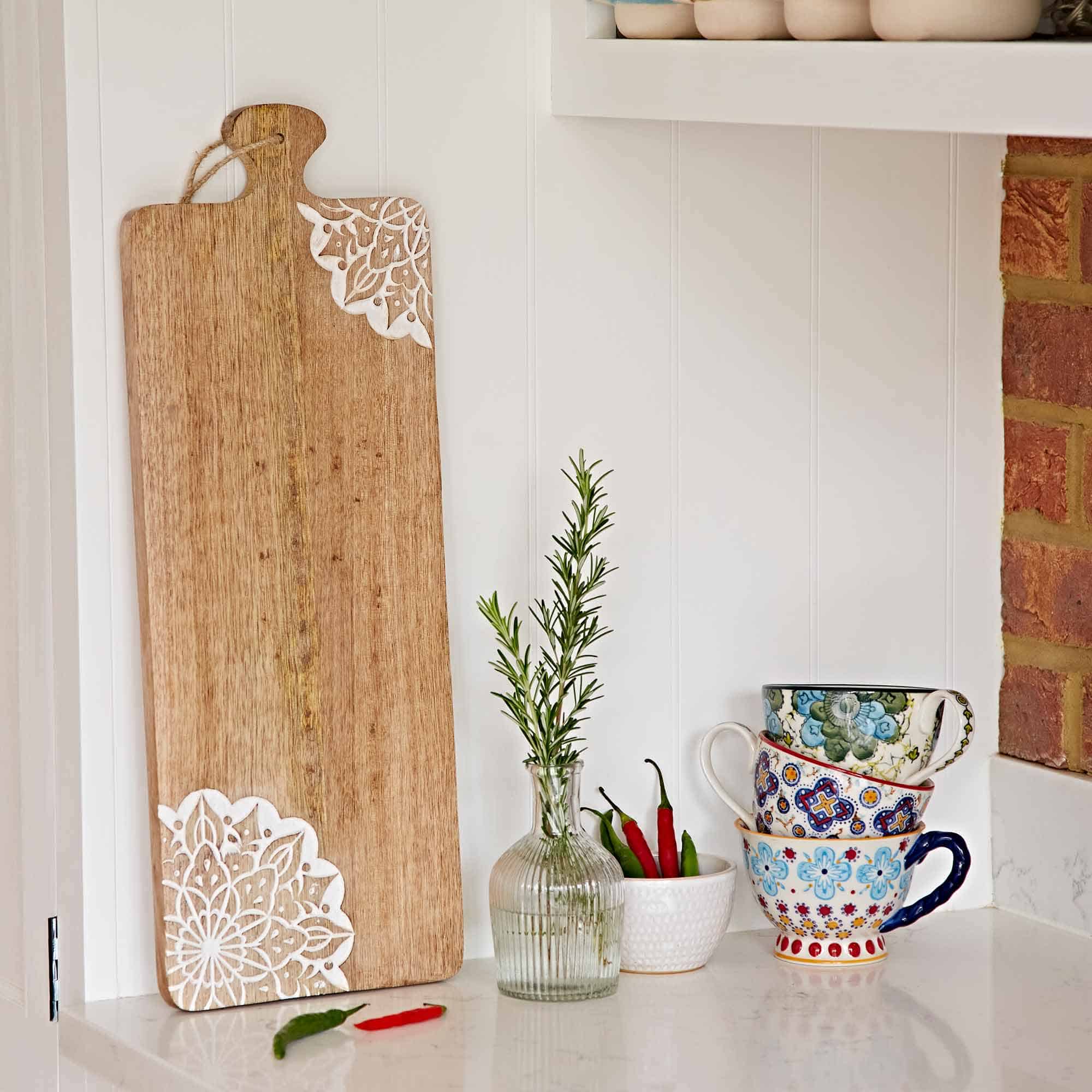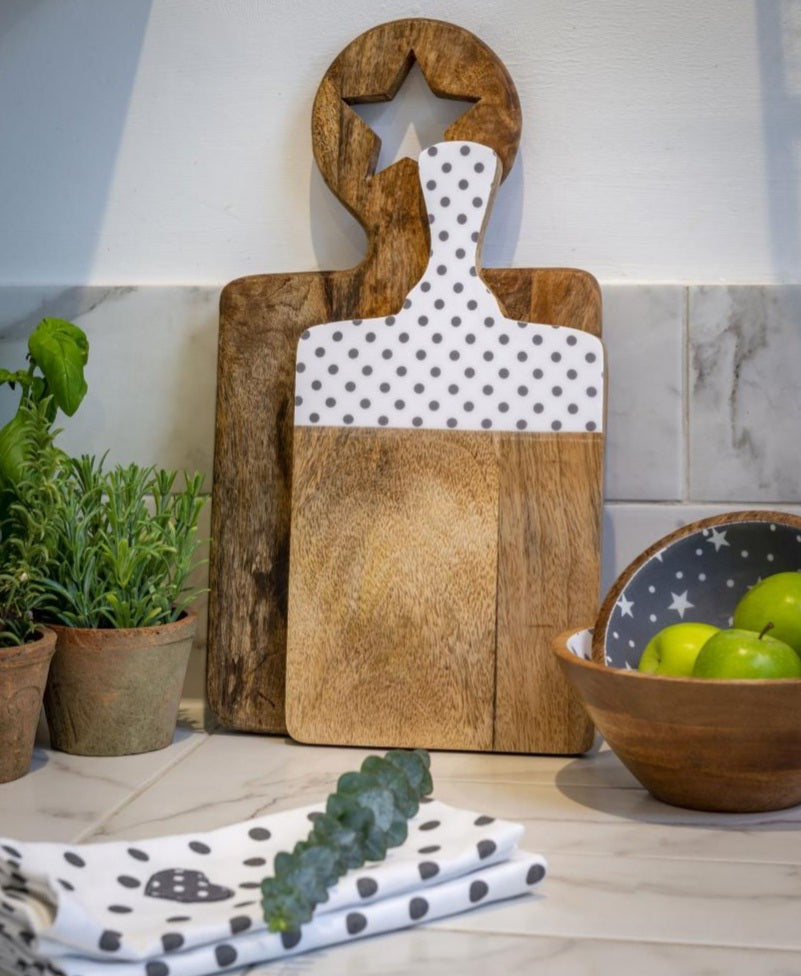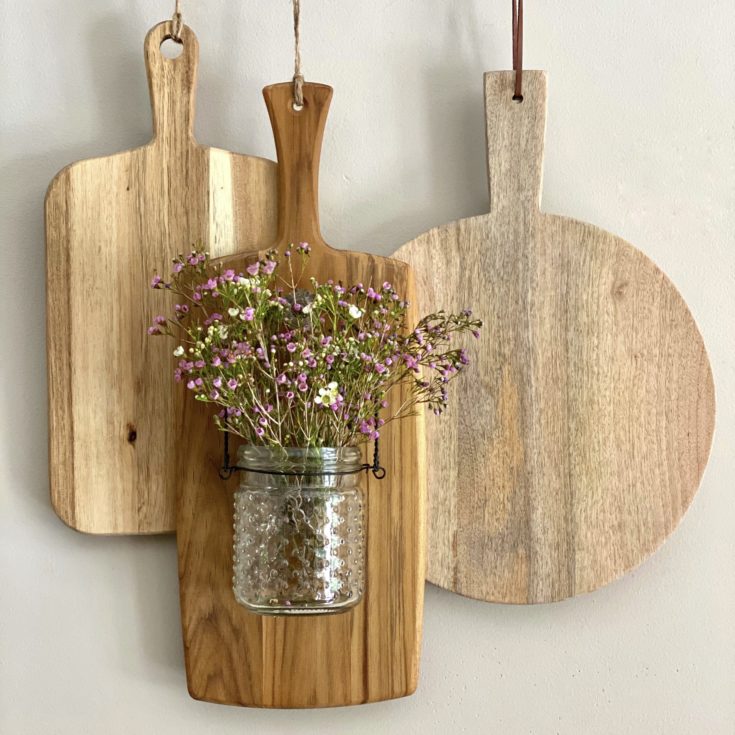Introduction
Decorative chopping boards are more than just kitchen tools; they are a fusion of functionality and artistry that can enhance the overall ambiance of your cooking space. With an array of designs, materials, and styles, these boards serve as both practical chopping surfaces and attractive decor elements. In this article, I’ll share my personal experiences and insights into decorative chopping boards, helping you to choose the right one for your kitchen.
Understanding Decorative Chopping Boards
Before diving deep into the styles and materials, it’s essential to understand what decorative chopping boards are. Traditionally, chopping boards are used for food preparation, but decorative versions are crafted to also function as serving platters or display pieces. Let’s take a closer look at the different types and styles available.
Types of Decorative Chopping Boards
1. Material-Based Categories
Depending on the material, decorative chopping boards can vary significantly in appearance and function.
- Wooden Boards: Timeless classics, wooden boards bring warmth and elegance to any kitchen.
- Plastic Boards: Practical and colorful, these are often easier to clean and maintain.
- Glass Boards: Sleek and stylish, glass boards are often used more for decoration than for actual chopping.
- Marble Boards: An upscale choice, marble offers a luxurious touch and is excellent for serving.
2. Design-Based Categories
The design can also categorize decorative chopping boards:
- Engraved Boards: Personalized cuts or designs add a unique touch.
- Painted Boards: Artistic illustrations or patterns make these boards stand out.
- Shaped Boards: Fun shapes like animals or fruits can add a whimsical element.
- Multi-tier Boards: These boards provide added functionality with different layers.
Choosing the Right Decorative Chopping Board
When selecting a decorative chopping board, consider the following factors:
1. Size and Space
Think about the available space in your kitchen. A larger board can serve as a display piece, but ensure it fits your storage options.
2. Style and Aesthetics
Your chopping board should complement your kitchen decor. Whether your style is modern, rustic, or vintage, choose a board that enhances your existing design.

3. Functionality
Consider how you intend to use the board. Some are better suited for heavy-duty chopping, while others are perfect for serving snacks or cheese platters.
Personal Experience: My Journey with Decorative Chopping Boards
When I first started incorporating decorative chopping boards into my kitchen, I was amazed by how much they transformed my cooking space. Initially, I selected a beautiful wooden board with intricate carvings, perfect for serving charcuterie. Over time, I explored different materials and designs, leading me to create a small collection that not only serves functional purposes but also showcases my personality.

Pros and Cons of Decorative Chopping Boards
| Pros | Cons |
|---|---|
| Enhances kitchen aesthetics | Can be more expensive than standard boards |
| Versatile use (chopping, serving) | Some materials may require special care |
| Unique styles and designs available | Can be less durable depending on the material |
| Often made from high-quality materials | May not be ideal for every food prep task |
Care and Maintenance of Decorative Chopping Boards
To ensure the longevity of your decorative chopping boards, follow these maintenance tips:
1. Cleaning
Most wooden and plastic boards can be hand-washed with warm soapy water. Avoid soaking them in water, as this can warp the material.

2. Oiling
For wooden boards, regular oiling with food-grade mineral oil can help maintain their finish and prevent cracking.
3. Storage
Store your boards in a dry place, ideally standing upright to avoid warping.

Comparison of Popular Decorative Chopping Board Materials
| Material | Durability | Maintenance | Price Range |
|---|---|---|---|
| Wood | High | Oiling required | $20 – $150 |
| Plastic | Medium | Easy to clean | $10 – $50 |
| Glass | Medium | Very easy to clean | $15 – $80 |
| Marble | High | Occasional wiping | $30 – $200 |
Frequently Asked Questions (FAQs)
1. Can I use my decorative chopping board for heavy chopping tasks?
It depends on the material. Wooden boards are generally the most durable for heavy chopping, while glass and marble boards are better suited for light slicing and serving.

2. How do I prevent my wooden chopping boards from cracking?
Regularly oil your wooden boards to keep them hydrated and prevent cracking. Store them in a cool, dry place away from direct sunlight.
3. Are plastic chopping boards safe for food preparation?
Yes! Plastic chopping boards are safe for food prep as long as you clean them properly after each use to avoid cross-contamination.

4. What is the best way to display my decorative chopping boards?
Consider using a stylish stand or wall-mounted hooks to display them. This not only keeps them accessible but also turns them into an art piece.
Conclusion
Decorative chopping boards are an excellent addition to any kitchen, combining practicality with aesthetics. Whether you’re preparing a meal or hosting a gathering, these boards can enhance your cooking experience and add charm to your decor. Through my own journey, I’ve realized that selecting the right decorative board can truly transform how you interact with your kitchen space, making your cooking adventures even more enjoyable.